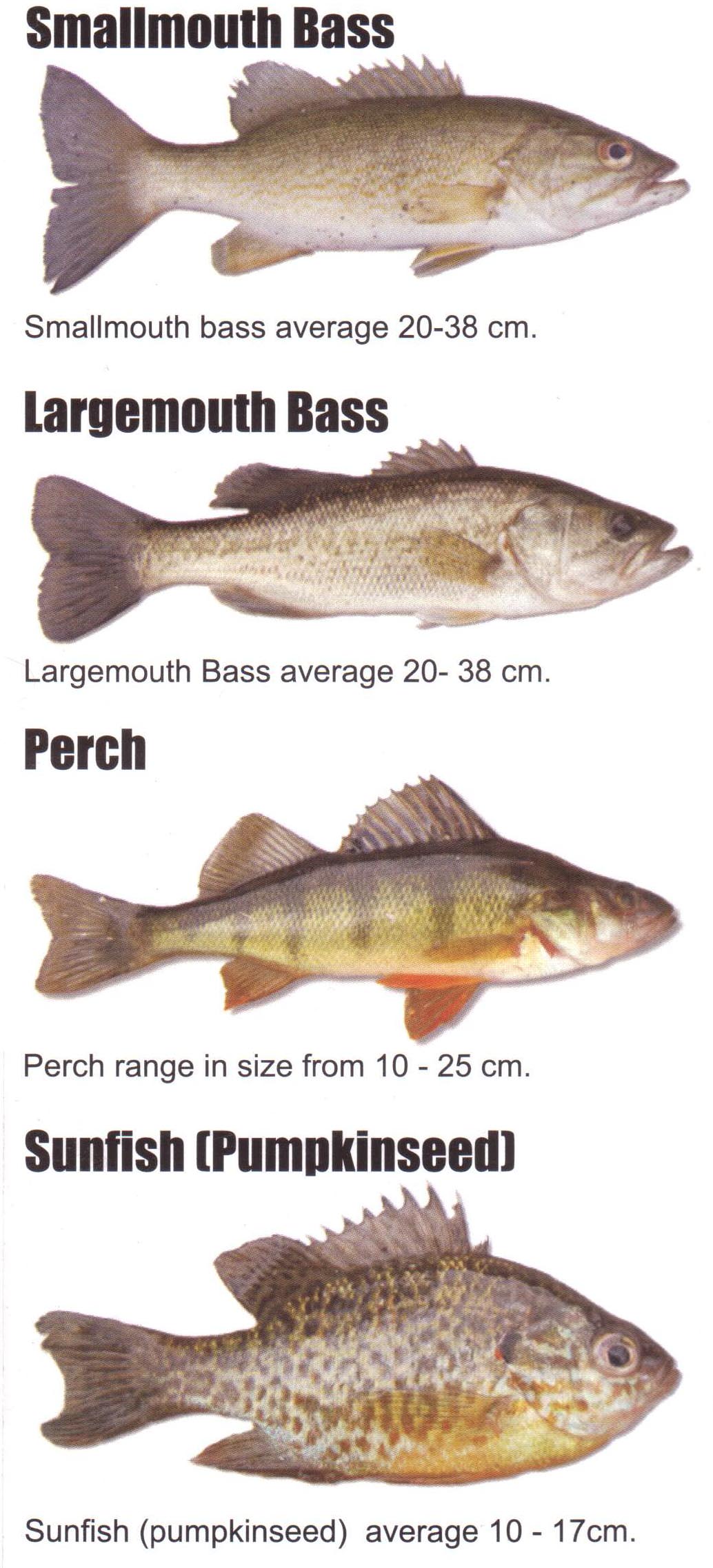
About 20 members from local Fish & Game Clubs (including Kamloops, Salmon Arm, Chase, Merritt, and the Kamloops Flyfishers) have assisted the Ministry of Environment kill several lakes which drain into the Shuswap. Over the past few years several lakes have been cleaned and there are a few more to do.
PLEASE DO NOT INTRODUCE FOREIGN SPECIES INTO OUR TROUT LAKES.
If you see anyone transporting live fish or bait, report them to
RAPP "Report a Poacher/Polluter" 1-877-952-7277 click here
Invasive fish species are exotic non-native species that have evolved elsewhere and been purposefully or accidentally relocated outside of their native range. While some exotic species have little impact on their introduced environment, others can become strong competitors or predators with devastating effects on native species and ecosystems.
When a non-native introduced species aggressively competes with native fish and expands its range it is defined as invasive.
Spiny-ray fish are an invasive species and have been introduced to the Thompson watershed by humans either through fishing gear, or intentionally and illegally, through the transportation and dumping of spiny-rays to increase personal recreational fishing opportunities.
In the lakes and streams of the Thompson Region, there is a growing concern about the presence and expansion of non-native spiny-ray species. These invasive fish are best known by their common names : bass, perch and sunfish.
Spiny-rays are considered very aggressive and can deplete food chains if they become established. Historic ranges for spiny-rays do not include areas west of the Rocky Mountains.
The biology of spiny-rays is different from that of our native populations. Spiny-ray fish mature between the ages of 2 – 4 and females can produce 10,000 and 40,000 eggs per year. In comparison, native trout, char, and salmon mature at 3 – 5 years, producing an average of 3500 eggs per year per female. This along with aggressive spiny-ray feeding habits results in strong competition for native species.
Non-native, invasive species can have devastating effects on British Columbia’s native freshwater fisheries.
Although these invasive species may thrive in the Thompson Basin, they are a threat to our native fishes, especially salmon and trout populations which are two socially and economically valuable resources in our province. Over time spiny-rays can cause the decline or eradication of these populations through.
·
Competition : Invasive Spiny-rays often out-compete native species for food and space. Spiny-rays also tend to spawn at younger ages and produce more young per spawning event than salmonids.·
Predation : Some spiny-rays such as bass and perch prey on young salmonids, resulting in a decline in juvenile populations and fewer spawners.·
Disease : Non-native species can spread disease to native fish. These diseases may not have been encountered by native fishes before and therefore no immunity has been developed to overcome these threats.The first cases of spiny-ray species in the Thompson Region were reported and confirmed in 1996. Yellow perch had been introduced and established in Skmana, Little Skmana, as well as in Gardom Lake in in the nearby Okanagan Region. Since that time spiny-rays have spread to six other lakes, including Phillips, Nellies, Forest, Miller, Skimikin, and Fleming for a total of nine affected lakes known to fisheries managers. All of these lakes were closed to fishing.
$20,000 REWARD
There is a $20,000 reward for information leading to a conviction of those responsible for the
introduction of bass, perch, and pumpkinseed to the Thompson Region.